Asian countries lead development progress over 40 years, UNDP report
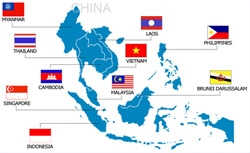 |
The HDI, a composite measure of human development covering health and education as well as income, was devised by the late Pakistani economist Mahbub ul Haq for the first Human Development Report in 1990.
The new 20th anniversary edition of the Report, The Real Wealth of Nations: Pathways to Human Development , revisits that original analytical exercise, using new methodologies and international data sources, also looking back to 1970.
East Asia and the Pacific had by far the strongest overall HDI performance of any region in the world, nearly doubling average HDI attainment over the past 40 years, according to the report’s analysis of health, education and income data for the 135 countries where complete and comparable information was available.
The countries in the 40-year analysis include most of Asia and more than 90 per cent of the world’s population. China, the second highest achiever in the world in terms of HDI improvement since 1970, is the only country on the “Top 10 Movers” list due to income rather than health or education achievements.
China’s per capita income increased a stunning 21-fold over the last four decades, also lifting hundreds of millions out of income poverty. Yet China was not among the region’s top performers in improving school enrolment and life expectancy.
“One important finding from several decades of human development experience is that for lasting improvements on the quality of life of citizens, economic growth alone does not automatically bring improvements in health and education,” said Jeni Klugman,the lead author of the HumanDevelopment Report.
Significant progress in human development was also found for most of the nine South Asian countries in the trends analysis—Afghanistan, Bangladesh, India, Iran, Nepal and Pakistan. Nepal emerges as one of the world’s fastest movers since 1970, coming in third out of the 135 countries studied.
A child born today in Nepal can expect to live 25 years longer than a child born in 1970; more than four of every five children of school age in Nepal now attend primary school, compared to just one in five 40 years ago.
“This is perhaps surprising in light of Nepal’s difficult circumstances and record of conflict,” said Jeni Klugman. “But Nepal’s impressive progress in health and education can be traced to both public policy efforts and substantial remittance inflows from emigrant workers over many years.” HDI trends since 1990 show that Bangladesh and Cambodia have been the best performers in the region.
Life expectancy in East Asia and the Pacific climbed to an average of 73 years in 2010 from 59 in 1970. In South Asia, life expectancy is now estimated at 65 years, compared to 49 in 1970, though with wide national variations.
One big factor has been the gradual decline in South Asia’s infant and child mortality rates, which now stand at 56 and 73 per 1,000 live births, respectively. This is still much higher than the global averages of 44 and 63 per 1,000 live births, however.
Afghanistan has the region’s highest infant and under-five mortality rate, at 165 and 257 per 1,000 live births. In education, literacy in South Asia increased to 66 per cent in 2010 from 31 per cent in 1970, still below the global average for the 135 countries assessed of 83 perc ent.
In East Asia and the Pacific, the region’s literacy rates rose to 94 per cent in 2010 compared to 53 per cent in 1970. The Republic of Korea ranked highest among the countries grouped on the HDI as part of East Asia and Pacific—number 12 in the world, which is in the “very high human development” category, followed by Hong Kong, China (SAR) (21) and Singapore (27). Afghanistan (155) ranked lowest amongst Asian countries out of the 169 countries assessed. The 2010 Human Development Report also introduces three new indices that capture multidimensional poverty, inequality and gender disparities.
The Multidimensional Poverty Index—which identifies serious overlapping deprivations in health, education and income at the household level—is applied to 104 countries. South Asia is home to half of the world’s multidimensionally poor population, or 844 million people.
Eight Indian states, with poverty as acute as the 26 poorest African countries measured, are home to 421 million multidimensionally poor people, more than the 410 million multidimensional poor people living in those African countries combined.
Rates of multidimensional poverty are, however, relatively low in most of East Asia and the Pacific, including China and Thailand, though more than half of Cambodians are estimated to be multidimensionally poor. “The Multidimensional Poverty Index captures widespread deprivations, revealing the magnitude of poverty beyond the standard monetary measures,” Jeni Klugman commented.
The report’s new Inequality-adjusted HDI, measuring the effect of inequality in 139 countries, shows South Asia with an average 33 per cent loss due to inequality in health, education and income—the second largest for a developing region after sub-Saharan Africa.
India, for example, loses 30 per cent overall on the Inequality-adjusted HDI, including 41 per cent in education and 31 per cent in health. In East Asia, most countries have higher income inequality today than was the case a few decades ago, due in part to widening gaps between rural areas and the rapidly industrializing cities.
Inequality for women remains a major barrier to human development throughout Asia, the 2010 Report shows. The new Gender Inequality Index—which captures gender gaps in reproductive health, empowerment and workforce participation in 138 countries—shows that six countries of East Asia and the Pacific fall in the lower half on gender inequality, with Papua New Guinea among the bottom ten.
Several countries in East Asia and the Pacific have little or no female representation in parliaments, although the Philippines and Indonesia have elected women leaders in recent decades. South Asia is characterised by relatively weak female empowerment with an inequality loss of 35 per cent compared with 16 per cent in developed countries.
What the stars mean:
★ Poor ★ ★ Promising ★★★ Good ★★★★ Very good ★★★★★ Exceptional
 Tag:
Tag:
Related Contents
Latest News
More News
- Malaysia issues heatwave alert for 14 areas (April 15, 2024 | 09:12)
- China, Thailand forge alliance for moon exploration (April 15, 2024 | 08:00)
- Two Philippine navy pilots dead after helicopter crash (April 11, 2024 | 16:58)
- Singapore: E-commerce scams double in 2023 (April 11, 2024 | 16:55)
- Malaysia urges Meta, TikTok to curb harmful content (April 10, 2024 | 16:21)
- Renewable energy – leading solution to climate change mitigation in ASEAN (April 09, 2024 | 16:18)
- Philippines warns of scorching heat (April 09, 2024 | 16:13)
- Thailand cracks down on e-cigarettes at schools (April 08, 2024 | 17:10)
- Many Buddha figurines unearthed in Laos’ Xieng Khuang province (April 08, 2024 | 17:07)
- Marina Bay Sands announces expansion (April 08, 2024 | 16:28)



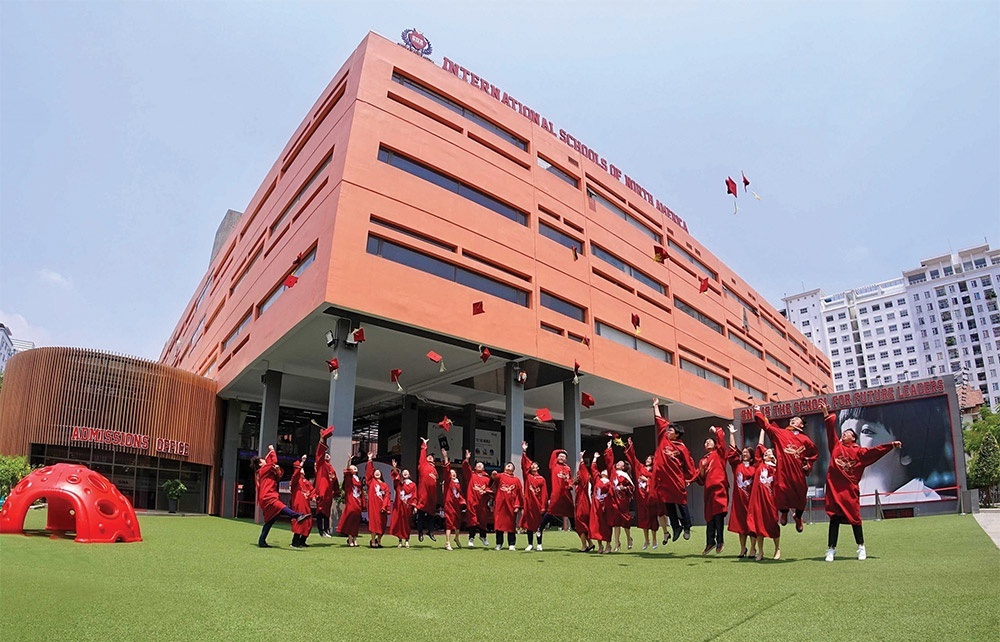
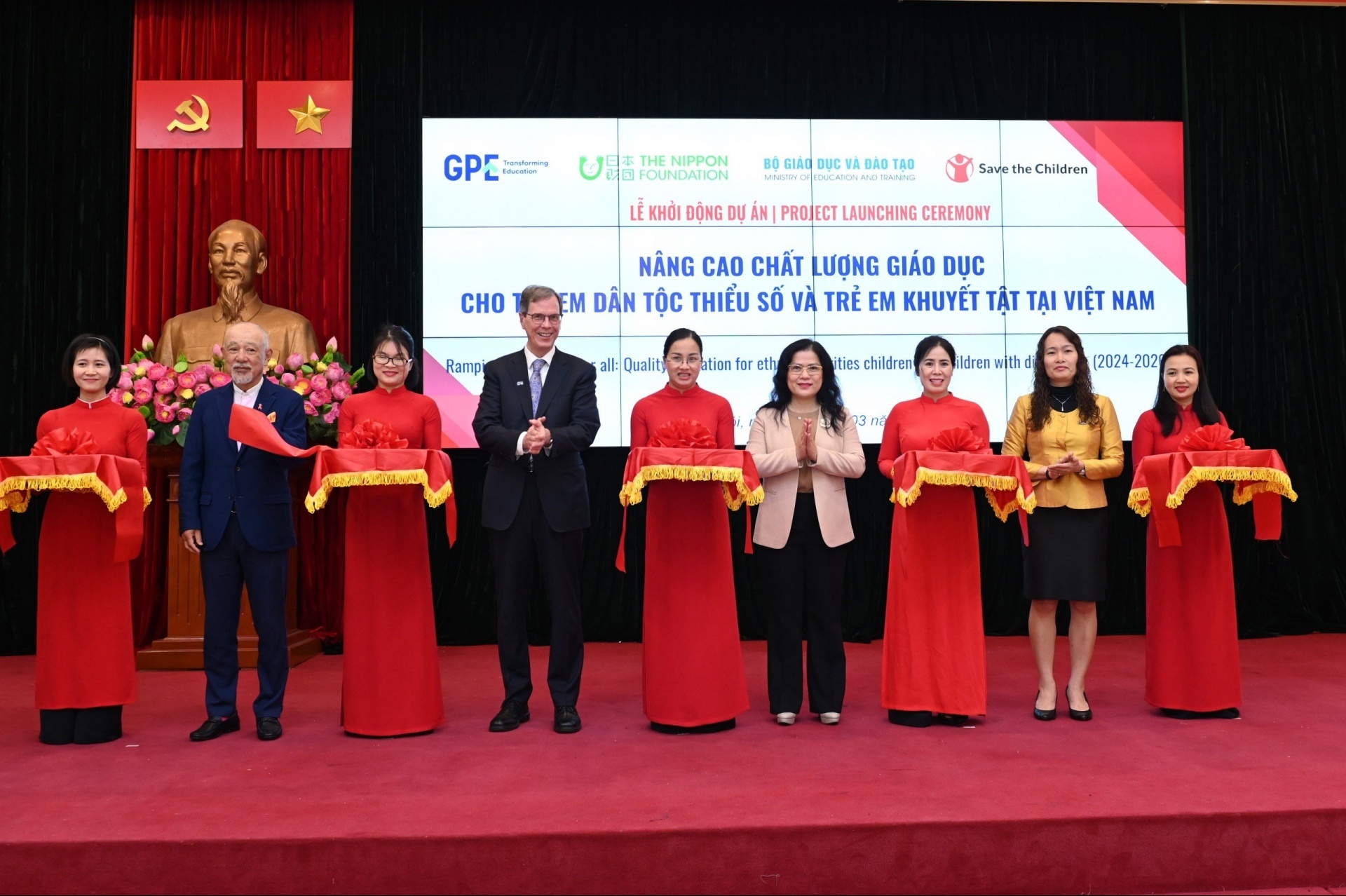



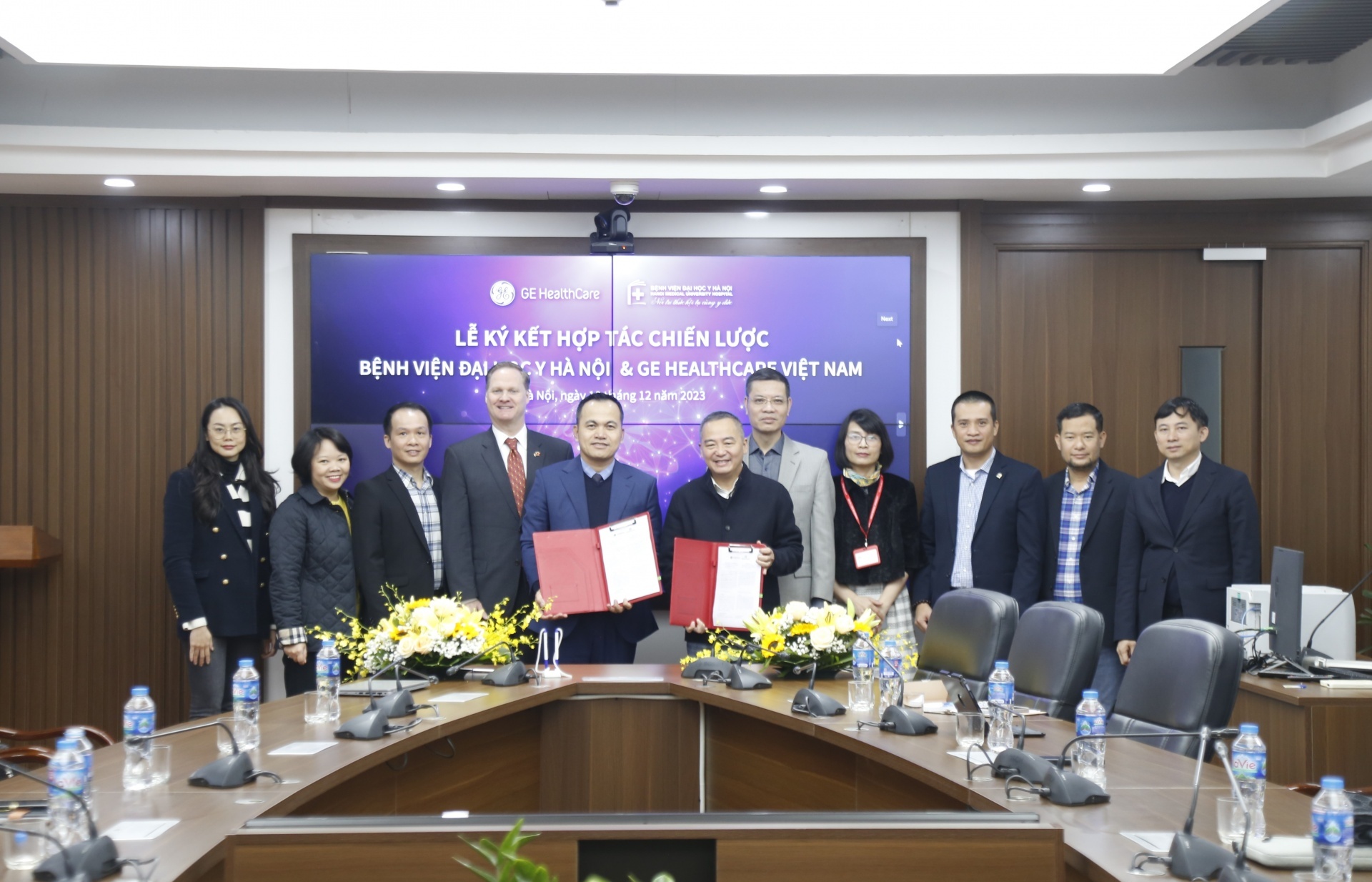
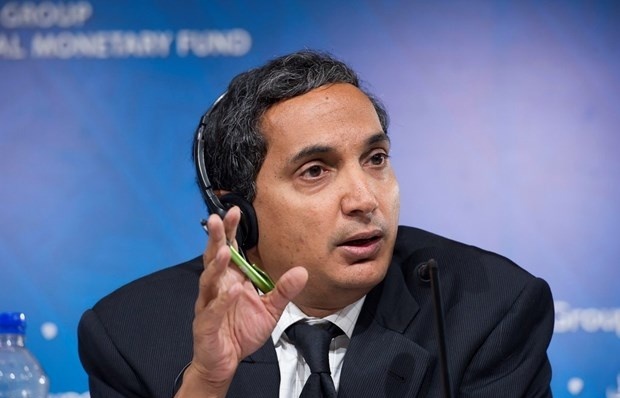


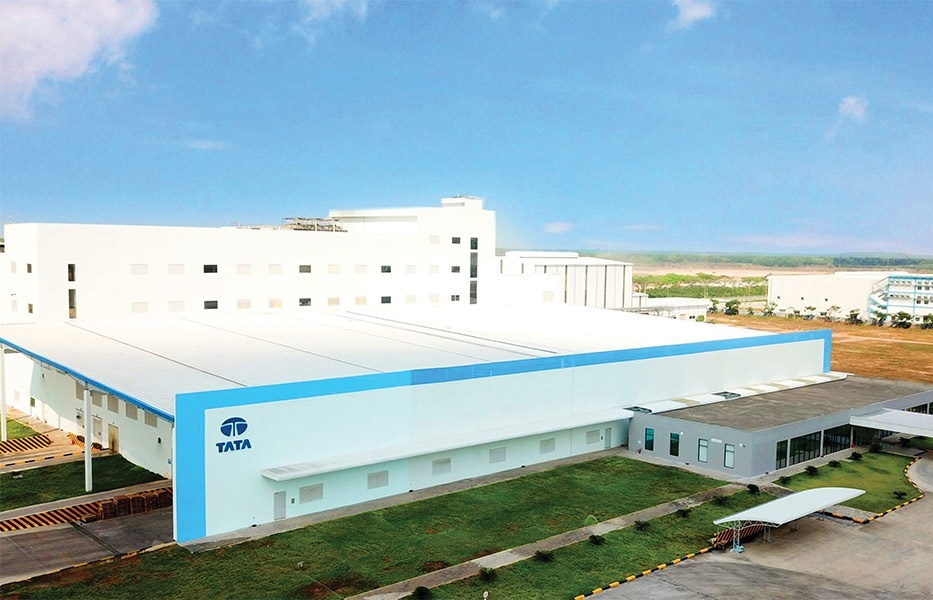
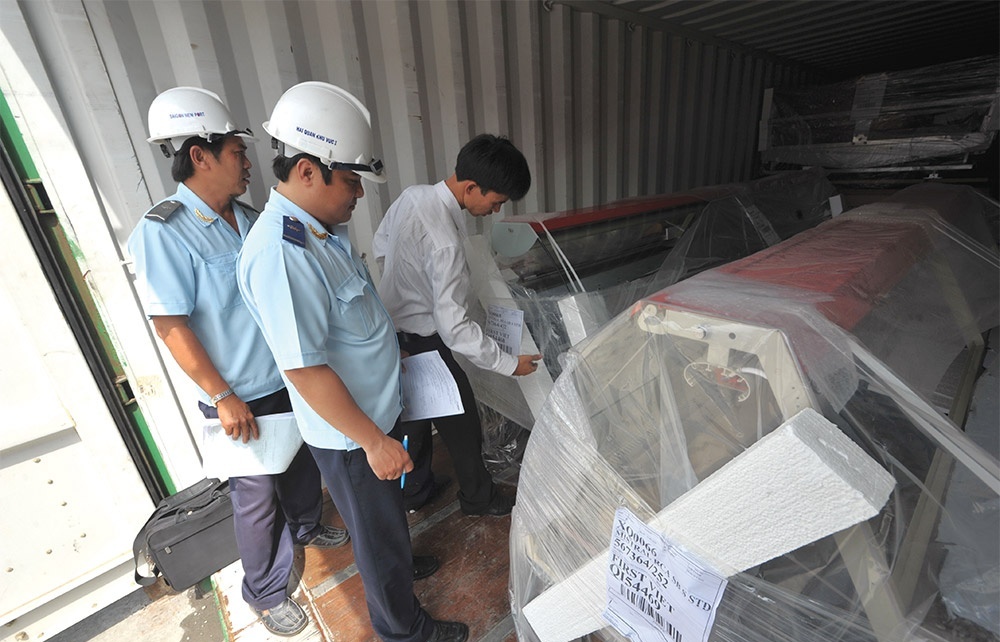
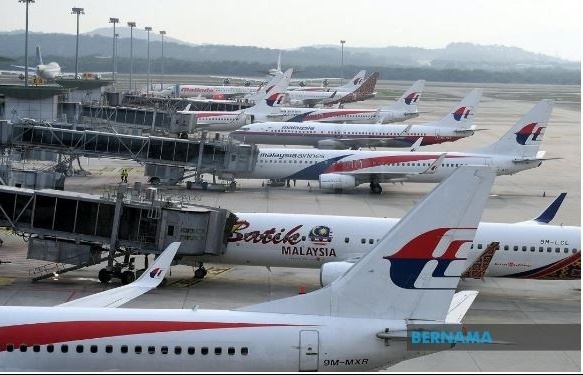









 Mobile Version
Mobile Version